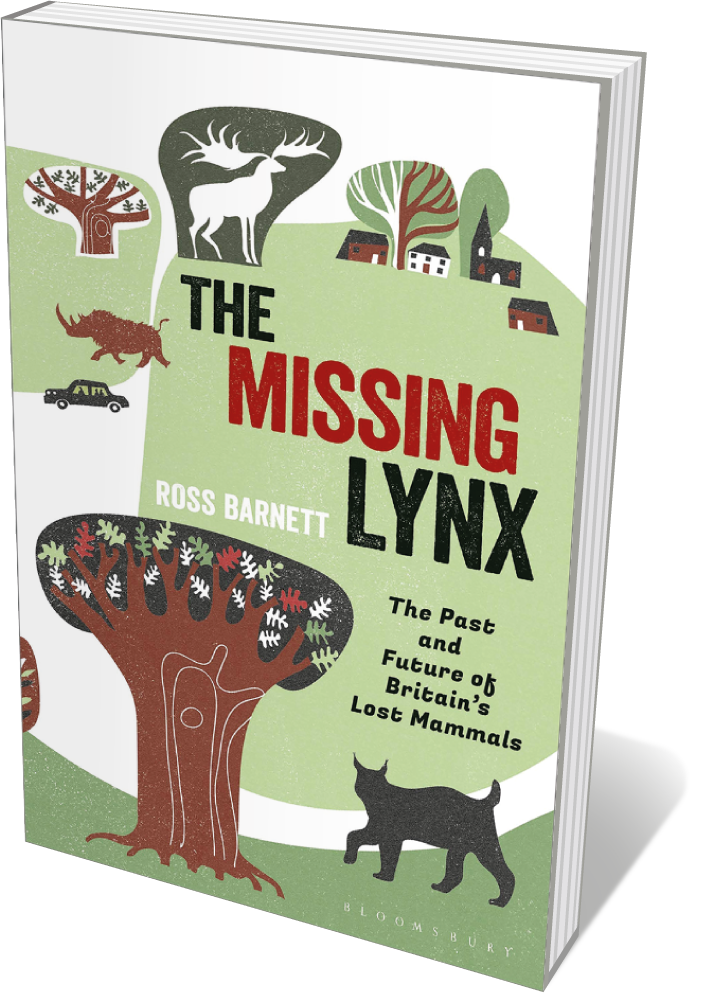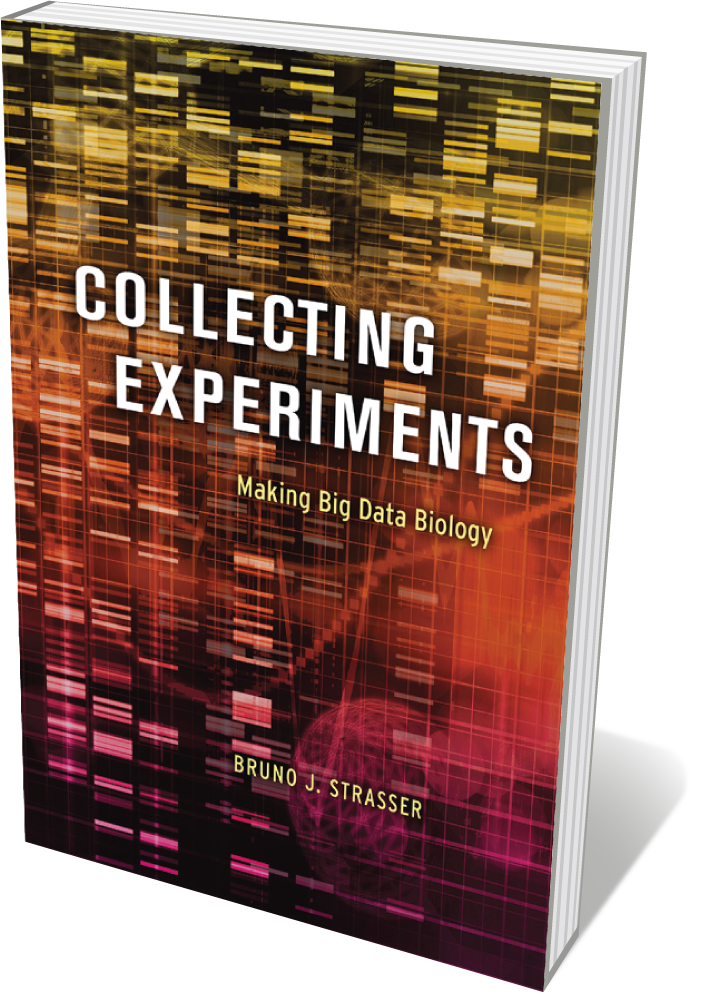
Ross Barnett Bloomsbury (2019)
The story of life on Earth is a saga of extinction, declares palaeontologist Ross Barnett in this fresh and assured natural history of departed megafauna. Arguing that human ‘overkill’ was (with climate change) a major driver long before our population exploded in the Holocene epoch, Barnett uses Britain as a microcosm of the planetary record. Here are long-gone species such as the cave hyena (Crocuta crocuta spelaean), the fearsome scimitar-toothed cat (Homotherium latidens) and the northern lynx (Lynx lynx lynx); thrilling tales of discovery; and the vagaries of reintroduction. An often moving tribute to lost marvels.

Iwan Rhys Morus Icon (2019)
The Serbian inventor and electrical engineer Nikola Tesla seems to many uncannily prescient. Yet the scientist — by turns reclusive and flamboyant — was very much a product of the late nineteenth century. Historian Iwan Rhys Morus examines the man through that lens: a time of rampant entrepreneurialism, bravura innovations, grandiose visions of techno-utopia and futuristic science fiction. His crisply succinct, beautifully synthesized study brings to life Tesla, his achievements and failures (such as interplanetary communication), and the hopeful thrum of an era before world wars.

Dave Goulson Jonathan Cape (2019)
Woodlice, earthworms, earwigs: a seething Serengeti lurks in many a back garden. Apiologist Dave Goulson’s wonderful book encourages such richness by delivering solid science on garden wilding. Calling out today’s cocktail of industrial pesticides as extreme in residential settings, he shows how robust plants and natural predators such as lacewings do the job sustainably. He extols the delights of eating roadkill, shows how to craft hoverfly habitats and advocates growing heritage crop varieties. Above all, Goulson demonstrates that the domestic nature reserve is the first step towards saving the planet.’

Bruno Strasser University of Chicago Press (2019)
We often think of big data as an explosive departure from the past. Science historian Bruno Strasser reveals it as part of a historic continuum. The sense of ‘information overload’ has existed since the Renaissance, and today’s data tsunami emerged from two traditions in biology: natural-history collecting and the lab. Hybridized, they led to vast accumulations of knowledge. Strasser’s case studies compel, from geneticists’ ‘museums’ of maize (corn) varieties to a groundbreaking mine of digital data, the 1965 Atlas of Protein Structure and Sequence, coproduced by bioinformatics pioneer Margaret Dayhoff.

Monty Lyman Bantam (2019)
Physician Monty Lyman peels back the science on human skin in this absorbing, fact-packed study. Dubbing it the “Swiss Army knife” of organs, Lyman examines skin as a barrier against trauma, a carrier of microbes, a matrix for nerve endings and a screen for the emotions. He reveals that structurally it is an “ideal foam”, explores skin–gut communication, looks at medicinal tattooing and muses over ritual cleansing. Skin, he shows, is a thing of both surface and depth, a very visible yet personal part of ourselves that can become a target, too, of egregious attacks against difference.








